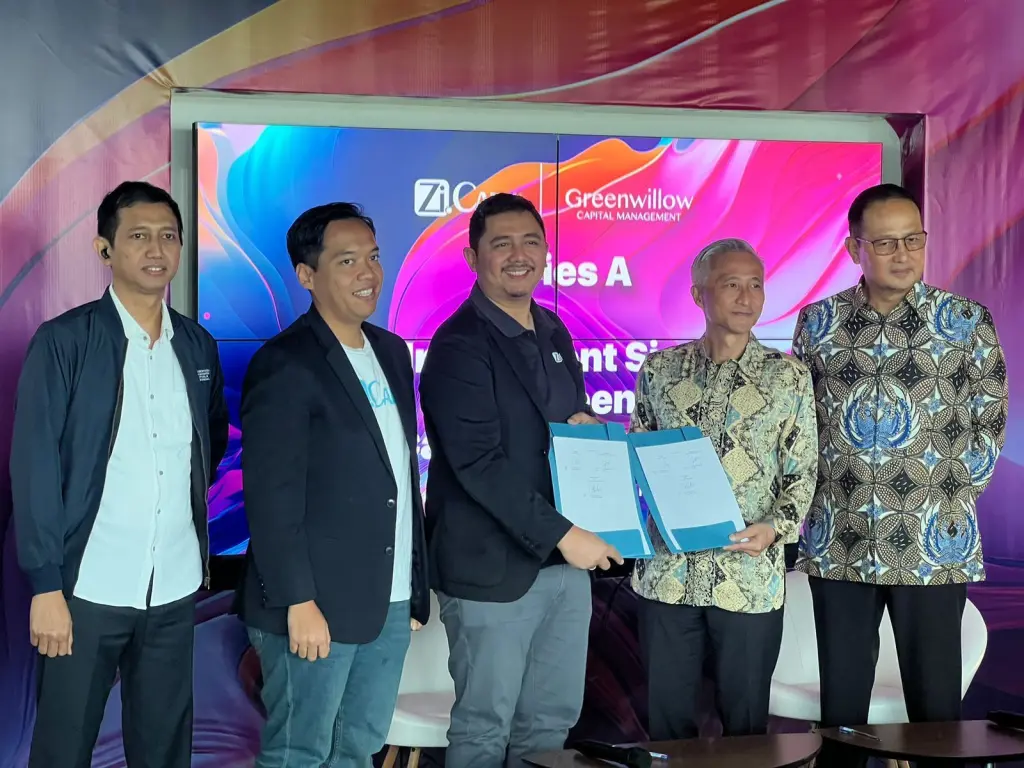Let’s look at a simplified diagnostic process from the diagram below, when hearing, visual and dental tests are three common screening tests during the initial assessment during the review of the complaint, history and physical when the patient arrives with complaint at a hospital.

Diagram credit: Kenneth, RW & John, RG 2010, The well-managed healthcare organization, 7th edn, Health Administration Press, Chicago, Illinois, USA
Auditory testing performed during an initial assessment is usually done with a tuning fork. Tests using a tuning fork are meant for screening only and never used for diagnostic purpose. Auditory testing provides the examiner during initial assessment with a basic idea of whether the patient has for example, a hearing loss. Thus, such a test simply provides an indication of the need for more elaborate testing and referral to a hearing specialist for more accurate testing if a problem is suspected.
Assessment of vision examines both visual acuity and anatomic structures. If you wear glasses, you had your visual acuity tested with the Snellen chart, a chart that contains various-sized letters with standardised numbers at the end of each line of letters. Visual acuity of 20/20 is considered normal. Astigmatism, hyperopia (farsightedness), myopia (nearsightedness) and presbyopia (farsightedness) are common vision related conditions. Assessment of eye structures and function present significant findings and possible causes for condtions like nystagmus and cataracts.
Another initial assessment is the assessment of the mouth, throat, nose, and sinuses which usually follows the examination of the head and neck. Examination of the mouth and throat can help detect abnormalities, for example of the lips. Early detection of oral cancer during an oral examination is an important finding. A deviated septum or detection of sinus infection are two other conditions that maybe detected during this kind of examination. Overall, the patient’s nutritional and respiratory status is also assessed.
From the diagram above, treatment is usually begun once the diagnosis is confirmed by the attending doctor, the initial caregiver. Sometimes, the initial assessment process may identify a need for other assessments. Thus, patients maybe referred and/or discharged based on their health status and needs for continuing care by other specialised health care providers to support their continuing continued care and learning needs. Patients are referred within the hospital or discharged from the hospital to a health care practitioner outside the hospital, another care setting, home, or family when the additional specialised assessment is identified during the initial assessment.
Health Information Management (HIM) / Medical Records (MR) practitioners must take note that specialised assessments conducted within the hospital should be documented in the patient’s medical record. Medical records documentation must show evidence of specialised assessments conducted within the hospital, especially so if you work at a hospital which is already Joint Commission International (JCI) accredited or seeking JCI accreditation status or undergoing re-survey for JCI accreditation status, when the JCI Standard AOP.1.10 which states that “The initial assessment includes determining the need for additional specialized assessments.” requires complete documentation in the patient’s medical record of the need for additional specialised assessments conducted within the hospital.
References:
- Joint Commission International, 2010, Joint Commission International Accreditation Standards For Hospitals, 4th edn, JCI, USA
- Kenneth, RW & John, RG 2010, The well-managed healthcare organization, 7th edn, Health Administration Press, Chicago, Illinois, USA
- Sue, CD & Patricia, KL 2011, Fundamentals of Nursing: Standards & Practice, 4th edn, Delmar, Cengage Learning, NY, USA





























